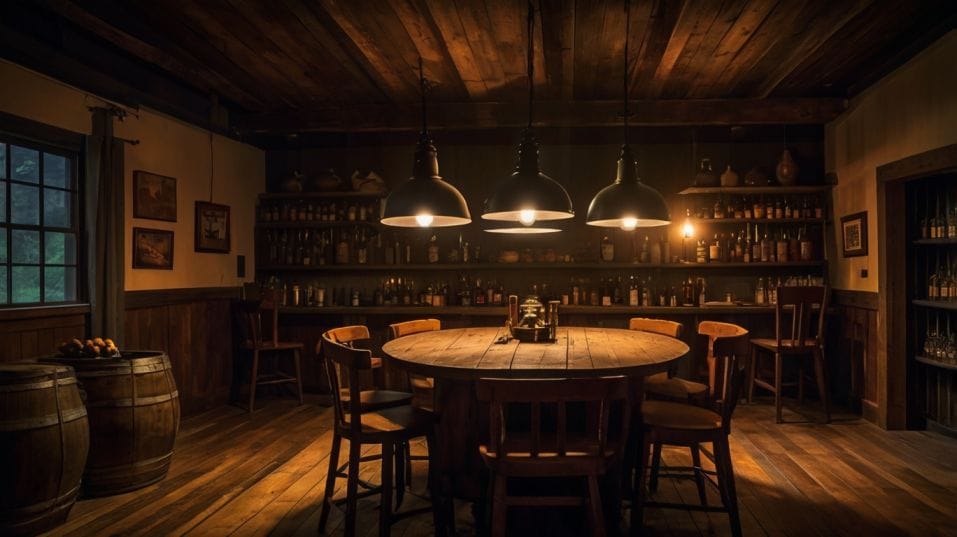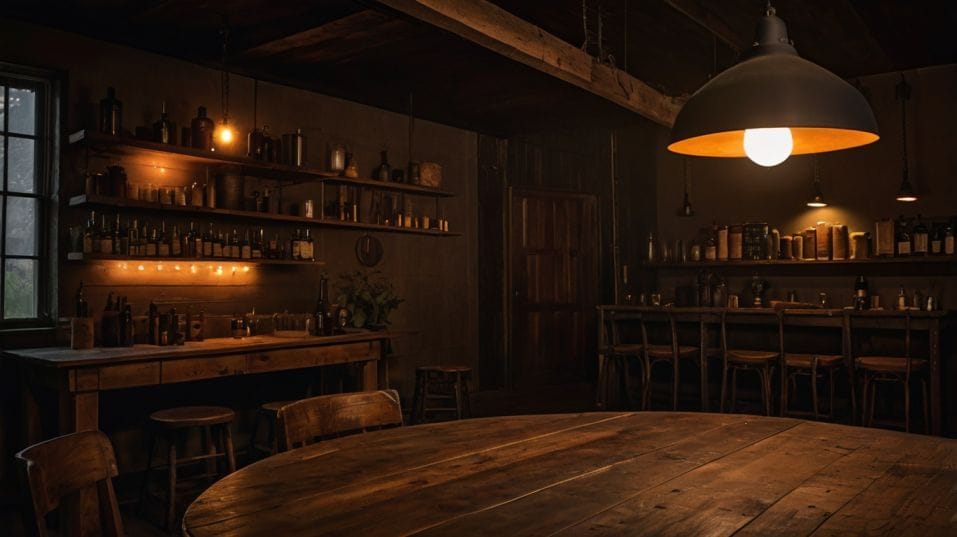Sweet, Smoky, or Savory? Decode the Whiskey Flavor Wheel
Unlock whiskey’s full flavor using the whiskey wheel. Learn to taste, collect, and explore with confidence—no expert palate required.

What if you could decode a whiskey’s flavors without guessing? You don’t need to be an expert—just curious. The whiskey flavor wheel isn’t some flashy chart for collectors.
It’s a shortcut to understanding what’s in your glass and why it tastes that way. Learn how to use this tool, and you’ll start tasting smarter, picking bottles with purpose, and exploring beyond the basics—all with more confidence in every pour.
The Whiskey Flavor Wheel: Your Sensory Cheat Code
At first glance, the whiskey flavor wheel might look like a graphic designer’s playground. But behind the colors and circles is serious sensory science.
This tool isn’t about checking boxes—it’s about learning how to listen to what your palate’s already telling you.
Each section of the wheel breaks down into families of flavor. The innermost circle gives you broad categories—sweet, smoky, fruity, woody, spicy, savory.
As you move outward, you get more specific: caramel becomes toffee or butterscotch. Smoke splits into ash, peat, char. The further out you go, the closer you get to describing what’s really in your glass.
This is how professional tasters do it—working from the general to the specific, translating sensation into language. You can, too.
Sweet: More Than Dessert Notes
Sweetness in whiskey doesn’t come from sugar.
The distillation process strips out fermentable sugars, so what you're tasting is chemical mimicry: esters, aldehydes, and lactones—compounds created through fermentation, distillation, and barrel aging.

Where it shows up:
- Bourbon is the obvious sweet-forward style. New American oak barrels crank up the vanilla, caramel, and baking spice.
- Irish whiskey often has a light, fruity sweetness—think apple, pear, or honey.
- Sherried Scotch can lean into dark fruit, fig, raisin, or toffee territory.
The trick is to train your tongue to ask what kind of sweet you're tasting. Is it floral, like elderflower or honey?
Thick and dark like molasses or maple syrup? Bright and fruity like apricot jam? These notes help you define your preferences—and they give you a roadmap to explore beyond the usual suspects.
Technique tip: Try nosing a glass with your mouth slightly open. This helps you detect lighter sweet esters that might otherwise get lost in the alcohol vapor.
Smoky: From Subtle Drift to Full-On Fire
Smoke is the polarizing force in whiskey. Some love it. Some can’t stand it. Either way, once you understand where smoke lives on the wheel—and in the process—you can better navigate it.
Where it comes from:
- Peated malt is dried over a peat fire, common in Islay Scotch. The result is that distinct medicinal, maritime smoke.
- Barrel char also contributes smoke, especially in American whiskey. Heavy char can bring toasted marshmallow, burnt sugar, or campfire.
- Craft distillers sometimes introduce smoke via mesquite, cherrywood, or even re-smoked barrels.
Smoke isn't just “on” or “off.” It has dimension:
- Medicinal smoke: Think iodine, band-aids, menthol.
- Earthy smoke: Moss, wet leaves, cold ash.
- Meaty smoke: Barbecue, bacon fat, charred brisket.
If you think you don’t like smoke, try reapproaching it through food metaphors. You might not love ashtray-forward peat, but what about something that reminds you of grilled peaches or oak-fired coffee?
Technique tip: Cleanse your palate with water or unsalted crackers between tastings to reset your baseline. Smoke can stick to your senses longer than you realize.
Savory: The Hidden Layer
Savory is where whiskey gets serious. These aren’t easy flavors. They’re complex, grounding, and often unexpected. They also tend to show up more in older, drier, or more structured pours.
What you’re looking for:
- Umami: Found in some sherried Scotch or Japanese malts—think mushroom, soy, aged parmesan.
- Brine or salinity: Common in coastal Scotch or American whiskey aged near salt air. Not salty, but mineral-rich and mouthwatering.
- Tobacco and leather: Long barrel aging or high-rye mashbills often create dry, tannic notes that read as old books, cigars, or saddle leather.
These aren’t starter flavors. They demand a little patience. But once you begin picking up on them, you’ll understand how they add structure and complexity.
Sweetness is instant. Smoke is aggressive. Savory notes creep in slowly—and they linger.
Technique tip: When in doubt, check the finish. Savory flavors often show up last and stick around longest. If you're still tasting the pour minutes later and can't quite name the flavor, you're probably in savory territory.
Fruity, Spicy, Woody: The Connective Tissue
Not every flavor fits neatly into sweet, smoky, or savory. Some are bridge notes. Fruity, spicy, and woody flavors weave between categories and give whiskey its movement.
- Fruit can go in any direction: bright citrus, overripe banana, stewed plum. These come from fermentation byproducts or certain types of cask finishes (like sherry, port, or rum).
- Spice can be oak-driven (clove, nutmeg) or grain-driven (black pepper, cinnamon, ginger). Rye, in particular, is known for bold spice notes.
- Wood isn’t just “oak.” It can be pencil shavings, cedar box, or musty attic—depending on aging time, warehouse conditions, and cask type.
These layers are where most of the nuance lives.
You might start with “caramel,” but realize the pour also has ripe peach, white pepper, and cedar in the background. The more you explore the wheel, the more these connections become second nature.
Technique tip: Nose and taste a pour multiple times over 20–30 minutes. As it opens up, you’ll often catch a whole second wave of flavor—especially in fruit and spice categories.
Use the Wheel to Build a Better Collection
Tasting better means collecting smarter. You don’t need ten bourbons that all taste like dessert.
You want a range—something that shows you different corners of the wheel. A high-rye bourbon. A lightly peated malt. A sherry-finished cask strength. Something briny. Something bright.
Use the flavor wheel to reverse-engineer your favorites. What do you keep coming back to?
If one bottle reminds you of grilled peaches and cinnamon toast, look for others with similar notes—but from a different country, mashbill, or proof point. That’s how you deepen your palate and avoid getting stuck in a rut.
Final Thoughts: Build Your Flavor Map
Whiskey isn’t a test you pass—it’s a language you learn. The flavor wheel is your translation guide. Use it. Trust it. Practice with it. Before long, you'll stop guessing and start recognizing. Don’t just drink to drink. Drink to know.
Pick a bottle tonight and give it a proper tasting. No distractions. No rush. Nose it, taste it, write down what you find. Place it on your mental flavor wheel.
Then tomorrow, pick something else and do it again. Build your map. Sharpen your taste. Make your next pour intentional.




